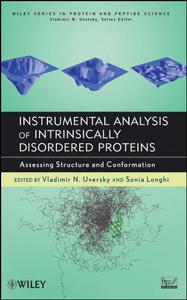 Instrumental Analysis of Intrinsically Disordered Proteins: Assessing Structure And Conformation By Vladimir N. Uversky(eds.)
Instrumental Analysis of Intrinsically Disordered Proteins: Assessing Structure And Conformation By Vladimir N. Uversky(eds.)2010 | 772 Pages | ISBN: 0470343419 | PDF | 39 MB
Instrumental techniques for analyzing intrinsically disordered proteins The recently recognized phenomenon of protein intrinsic disorder is gaining significant interest among researchers, especially as the number of proteins and protein domains that have been shown to be intrinsically disordered rapidly grows. The first reference to tackle this little-documented area, Instrumental Analysis of Intrinsically Disordered Proteins: Assessing Structure and Conformation provides researchers with a much-needed, comprehensive summary of recent achievements in the methods for structural characterization of intrinsically disordered proteins (IDPs). Chapters discuss: Assessment of IDPs in the living cell Spectroscopic techniques for the analysis of IDPs, including NMR and EPR spectroscopies, FTIR, circular dichroism, fluorescence spectroscopy, vibrational methods, and single-molecule analysis Single-molecule techniques applied to the study of IDPs Assessment of IDP size and shape Tools for the analysis of IDP conformational stability Mass spectrometry Approaches for expression and purification of IDPs With contributions from an international selection of leading researchers, Instrumental Analysis of Intrinsically Disordered Proteins: Assessing Structure and Conformation fills an important need in a rapidly growing field. It is required reading for biochemists, biophysicists, molecular biologists, geneticists, cell biologists, physiologists, and specialists in drug design and development, proteomics, and molecular medicine with an interest in proteins and peptides.Content: Chapter 1 IDPs and Protein Degradation in the Cell (pages 1-36): Yosef Shaul, Peter Tsvetkov and Nina ReuvenChapter 2 The Structural Biology of IDPs inside Cells (pages 37-58): Philipp SelenkoChapter 3 Nuclear Magnetic Resonance Spectroscopy Applied to (Intrinsically) Disordered Proteins (pages 59-87): Frans A. A. Mulder, Martin Lundqvist and Ruud M. ScheekChapter 4 Atomic?Level Characterization of Disordered Protein Ensembles Using NMR Residual Dipolar Couplings (pages 89-106): Martin Blackledge, Pau Bernado and Malene Ringkjobing JensenChapter 5 Determining Structural Ensembles for Intrinsically Disordered Proteins (pages 107-129): Gary W. DaughdrillChapter 6 Site?Directed Spin Labeling EPR Spectroscopy (pages 131-169): Valerie Belle, Sabrina Rouger, Stephanie Costanzo, Sonia Longhi and Andre FournelChapter 7 The Structure of Unfolded Peptides and Proteins Explored by Vibrational Spectroscopy (pages 171-224): Reinhard Schweitzer?Stenner, Thomas J. Measey, Andrew M. Hagarman and Isabelle C. DragomirChapter 8 Intrinsically Disordered Proteins and Induced Folding Studied by Fourier Transform Infrared Spectroscopy (pages 225-252): Antonino Natalello and Silvia Maria DogliaChapter 9 Genetically Engineered Polypeptides as a Model of Intrinsically Disordered Fibrillogenic Proteins: Deep UV Resonance Raman Spectroscopic Study (pages 253-302): Natalya I. Topilina, Vitali Sikirzhytski, Seiichiro Higashiya, Vladimir V. Ermolenkov, John T. Welch and Igor K. LednevChapter 10 Circular Dichroism of Intrinsically Disordered Proteins (pages 303-321): Robert W. WoodyChapter 11 Fluorescence Spectroscopy of Intrinsically Disordered Proteins (pages 323-344): Eugene A. Permyakov and Vladimir N. UverskyChapter 12 Hydration of Intrinsically Disordered Proteins from Wide?Line NMR (pages 345-368): Kalman Tompa, Monika Bokor and Peter TompaChapter 13 Single?Molecule Spectroscopy of Unfolded Proteins (pages 369-389): Benjamin SchulerChapter 14 Monitoring the Conformational Equilibria of Monomeric Intrinsically Disordered Proteins by Single?Molecule Force Spectroscopy (pages 391-430): Massimo Sandal, Marco Brucale and Bruno SamoriChapter 15 Analytical Ultracentrifugation, a Useful Tool to Probe Intrinsically Disordered Proteins (pages 431-449): Florence Manon and Christine EbelChapter 16 Structural Insights into Intrinsically Disordered Proteins by Small?Angle X?Ray Scattering (pages 451-476): Pau Bernado and Dmitri I. SvergunChapter 17 Dynamic and Static Light Scattering (pages 477-524): Klaus GastChapter 18 Analyzing Intrinsically Disordered Proteins by Size Exclusion Chromatography (pages 525-544): Vladimir N. UverskyChapter 19 Conformational Behavior of Intrinsically Disordered Proteins: Effects of Strong Denaturants, Temperature, PH, Counterions, and Macromolecular Crowding (pages 545-568): Vladimir N. UverskyChapter 20 Detecting Disordered Regions in Proteins by Limited Proteolysis (pages 569-626): Angelo Fontana, Patrizia Polverino de Laureto, Barbara Spolaore, Erica Frare and Marcello ZamboninChapter 21 Mass Spectrometry Tools for the Investigation of Structural Disorder and Conformational Transitions in Proteins (pages 627-652): Maria samalikova, Carlo Santambrogio and Rita GrandoriChapter 22 Recombinant Production of Intrinsically Disordered Proteins for Biophysical and Structural Characterization (pages 653-670): Dmitri Tolkatchev, Josee Plamondon, Richard Gingras, Zhengding Su and Feng NiChapter 23 Large?Scale Identification of Intrinsically Disordered Proteins (pages 671-693): Vladimir N. Uversky, Marc S. Cortese, Peter Tompa, Veronika Csizmok and A. Keith DunkerChapter 24 Purification of Intrinsically Disordered Proteins (pages 695-704): Aviv Paz, Tzviya Zeev?Ben?Mordehai, Joel L. Sussman and Israel Silman
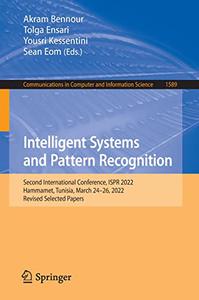


![S.T.A.L.K.E.R. 2 / STALKER 2: Heart of Chornobyl - Ultimate Edition (2024) [+UPDATE 23.12.2024 - v1.1.3] ElAmigos / Polska wersja językowa](https://i.postimg.cc/Zqd8RWGY/UZG8PBE.jpg)




































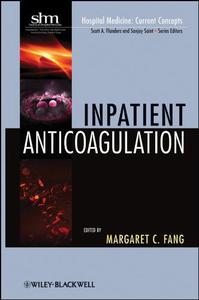
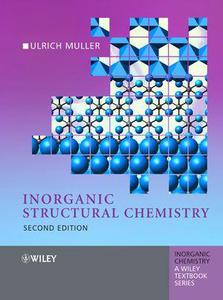
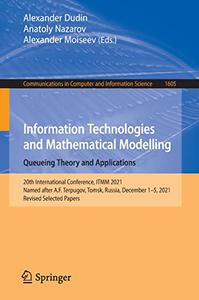

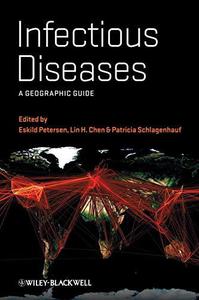
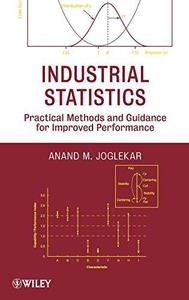
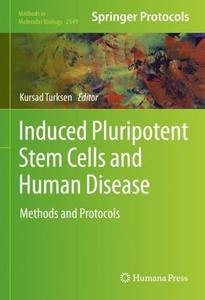
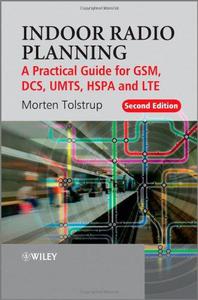







![David Gilmour - Luck and Strange (2024) [FLAC]](https://i.imgur.com/everaBc.jpeg)
![Męskie Granie Orkiestra - Męskie Granie 2024 (2024) [FLAC]](https://i.imgur.com/FAyOxrM.jpeg)
![The Rolling Stones - Hackney Diamonds (2023) [FLAC]](https://i.imgur.com/wCkyyUN.jpg)
![Lady Gaga - Harlequin (2024) [FLAC]](https://i.imgur.com/dcgIA8D.jpeg)
![Natalia Kukulska - Dobrostan (2024) [FLAC]](https://i.imgur.com/bdljG3O.jpeg)
![Kaśka Sochacka - Ta druga (2024) [FLAC]](https://i.imgur.com/hORQKvn.jpeg)
![Kuba Sienkiewicz - Pani Bóg (2024) [FLAC]](https://i.imgur.com/qijCx8Z.jpeg)
![Lanberry - Heca (2024) [FLAC]](https://i.imgur.com/8P7QfeR.jpeg)
![Sara James - PLAYHOUSE (2024) [FLAC]](https://i.imgur.com/m4f8OKg.jpeg)
![Grzegorz Hyży - EPILOG (2024) [FLAC]](https://i.imgur.com/8DA2sBr.jpeg)
![Myslovitz - WIECZORAMI CHŁOPCY WYCHODZĄ NA ULICE (2024) [FLAC]](https://i.imgur.com/l9mMtIG.jpeg)
![Krzysztof Zalewski - ZGŁOWY (2024) [FLAC]](https://i.imgur.com/vh48RAc.jpeg)
![Krzysztof Cugowski - Wiek to tylko liczba (2024) [FLAC]](https://i.imgur.com/SBzgqe2.jpeg)
![Nosowska - Kasia i Błażej (2024) [FLAC]](https://i.imgur.com/mObvVXQ.jpeg)
![sanah - Pianinkowe Kaprysy (2024) [FLAC]](https://i.imgur.com/pVjjPAa.jpeg)
![Kwiat Jabłoni - Pokaz slajdów (2023) [FLAC]](https://i.imgur.com/diERHfZ.jpg)
![Robert Cichy - Spacer po Warszawie (2024) [FLAC]](https://i.imgur.com/ixleU9o.jpeg)
![Viki Gabor - Terminal 3 (2024) [FLAC]](https://i.imgur.com/Q1KCnDs.jpeg)
![Sanah - Kaprysy (2024) [FLAC]](https://i.imgur.com/71OZm4h.jpeg)
![Męskie Granie Orkiestra - Męskie Granie 2023 (2023) [FLAC]](https://i.imgur.com/U4YHo8d.jpg)




